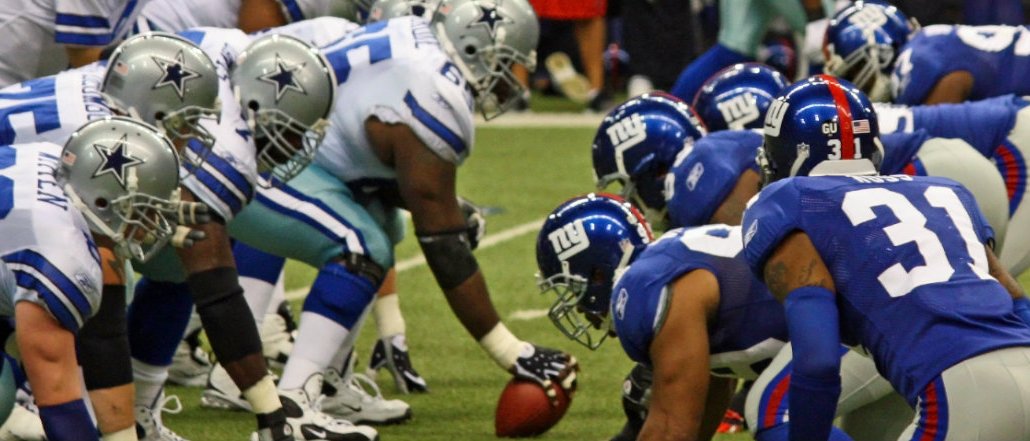
Jeff Rosenblum is the founding partner of Questus, a San Francisco-based digital agency
Bill Walsh sported pressed khaki pants, neatly combed white hair and a professorial disposition the day he walked into the San Francisco 49ers headquarters in 1979. The only items missing from his ensemble were an elbow-patched jacket and a bent billiard pipe. He certainly didn’t look like a football coach. He didn’t act like one, either. He didn’t yell. He didn’t scream. He didn’t give rah-rah speeches.
Yet, over the next ten years, he would revolutionize football and build an NFL dynasty. In doing so, he would also create a blueprint for the strategic underpinnings of any number of brands competing almost four decades later.
Bill’s idea was simple: Put the ball where the other team isn’t.
For the half century prior to Bill’s arrival, pro football was played the same way. Big, strong linemen blocked for big, strong running backs. Occasionally, the quarterback would throw the ball vertically down the field to ensure that the trenches didn’t get overly crowded trying to stop the run. Teams won based on strength and willpower. The over-arching strategies were indiscernible.
This is analogous to how most brands have historically been built. Brute strength, in the form of huge budgets and massive media buys, has been core to the playbook. But thanks to search, social and mobile media, great brands are now built, not bought. You can’t create a competitive advantage simply by outspending the competition.
Brands that use the same exact marketing strategy as their competition also rarely gain a sustainable advantage. It’s foolish to think that increasing advertising dollars or optimizing media spends will lead to spectacular changes. A competitive advantage is created by revolutionary thinking commensurate with the revolutionary changes in consumer communication.
Walsh’s plan was simple: When the two teams smashed into each other at the line of scrimmage, famed quarterback Joe Montana threw the ball to Jerry Rice about six yards in the “flats,” which was an almost completely unused area of the field. Jerry would then would run the length of the field after the catch. He scored more touchdowns than any player before him. This seismic shift in strategy came to be called the West Coast Offense.
A few industries with championship brands have learned to put the ball where the other team isn’t. Rather than rely advertising volume (both in dollars and decibels), they have taken the friction out of their marketing strategy by removing the interruptive messages, and give their customers meaningful experiences instead. They don’t try to entertain their audience; they seek to enrich people’s lives. And they look for opportunities to do that in areas where their competition falls short.
When you think about the best case studies over the past few years, it comes down to putting the ball where the other team isn’t: Dove’s Real Beauty Sketches which celebrates inner beauty, Patagonia’s Footprint Chronicles which promotes transparency, Apple’s Genius Bar which empowers creativity and Virgin America’s technology which creates a comfortable flight experience. Each of these evolved its marketing strategy from interruptive messages to meaningful experiences, which created advocates that carry the brand message forward more powerfully than paid media.
But, of course, other brands immediately tried to copy these techniques. There’s been an onslaught of Dove-esque three-minute videos and an infinite number of useless hashtags. Playing follow the leader isn’t the solution. Putting the ball where the other team isn’t has become increasingly difficult.
In football, Bill Walsh’s West Coast Offense has given way to upgraded techniques, such as the spread offense. It’s the same philosophical framework, but with new tactics. The same is true of advertising: Putting the ball where the other team isn’t requires evolving strategies. Right now, it’s about leveraging the incredible volume of data to understand the consumer journey and find points of friction that can be replaced with empowering experiences.
Brands can’t simply be built by creating cool content on new platforms.That’s just putting the ball where early adopting brands have already tried. Bill Walsh built a dynasty by using revolutionary techniques. The same is true of branding. It’s time to think like a revolutionary. Put the ball where the other team isn’t.
More in Marketing

Zero-click search is changing how small brands show up online — and spend
To appease the AI powers that be, brands are prioritizing things like blogs, brand content and landing pages.

More creators, less money: Creator economy expansion leaves mid-tier creators behind
As brands get pickier and budgets tighten, mid-tier creators are finding fewer deals in the booming influencer economy.

‘Still not a top tier ad platform’: Advertisers on Linda Yaccarino’s departure as CEO of X
Linda Yaccarino — the CEO who was never really in charge.





